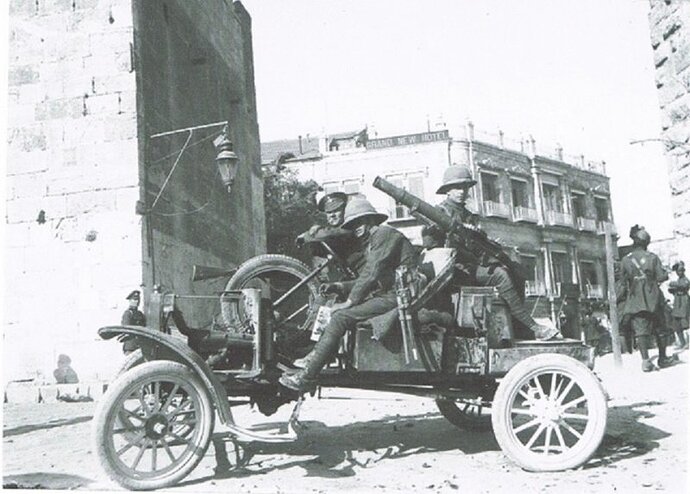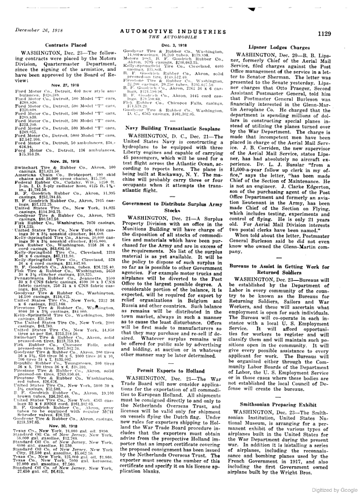Since Christmas, I’ve been reading the book, Light Car Patrols 1916-19 :War and Exploration in Egypt and Libya with the Model T Ford, which my wonderful wife ordered for me as a holiday present. It’s an interesting book which describes the use of the Model T as a combat vehicle in much the way the Jeep was used during World War II but on a much more limited role. Its fascinating to learn how there had been six patrol groups of six cars each and each patrol was given their missions over the course of their three years as covered in the book. The book describes how stock touring cars were used in each patrol group but that in each group of six, two were modified into what they called “Box Cars” which were essentially Model T’s stripped down to save weight and then a wooden box body was installed to facilitate the mounting of machine gun installations as fighting vehicles. The remaining stock touring cars were used to carry supplies, personnel and served as back up vehicles if mechanical problems required abandonment of vehicles. In addition to scouting, fighting and transport, the Model Ts also performed search and rescue of the fragile aircraft used in the area at the time. It’s an interesting piece of Model T history and I’m happy to have the book in my collection.
One disappointment though, is that although the book detailed and explains the human side of using the Model T in North Africa and the way Model T Fords were better suited for their role over other cars that were also tried there was a lack of illustrations and technical specifics. Considering the limited subject matter (much of the work was based on two individual’s memoirs) there were many photographs included but the quality was low. I would have liked to see more coverage of the Box Car Model T’s and their unusual modifications. The photos suggested a wide variety of modified bodies and armament. Some were very crude wooden boxes and others seemed to have been more elaborate with curved side panels. Model T body parts were mixed between post 1917 black radiators and earlier flat topped fenders. The book would have benefitted from a technical illustrator.
Would anyone be able to recommend another publication that might have additional details of these modified military Model T’s ? I’ve seen other postings elsewhere of Model Ter’s building their own replicas of Militarized Model T’s and seen pictures of miniature models of variations of Military Model T’s. They must have access to other information sources that might include drawings, dimensions, technical descriptions that, unfortunately this book lack except for one crude drawing of a condenser system used to catch radiator boil over vapors and a written description of a dash board sundial navigation devise used for desert travel. I assume the Model T magneto ignition negated the use of a magnetic compass.
Happy holidays everyone!


